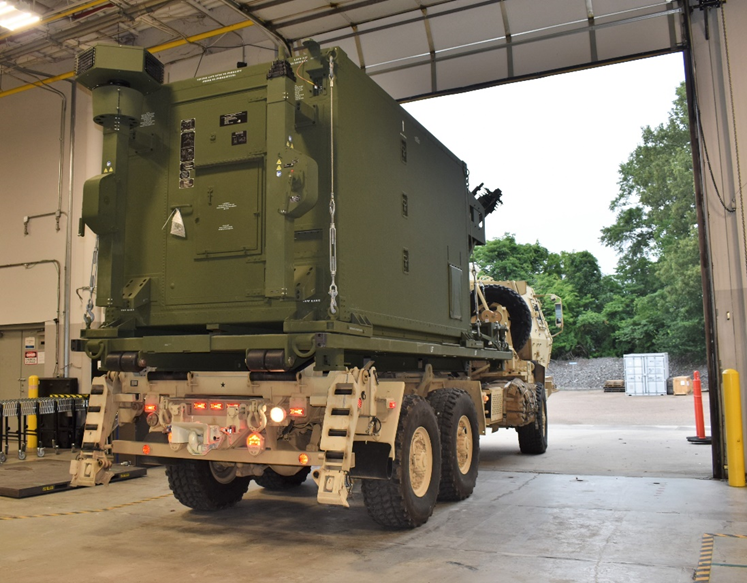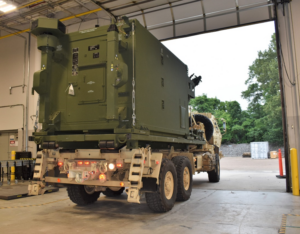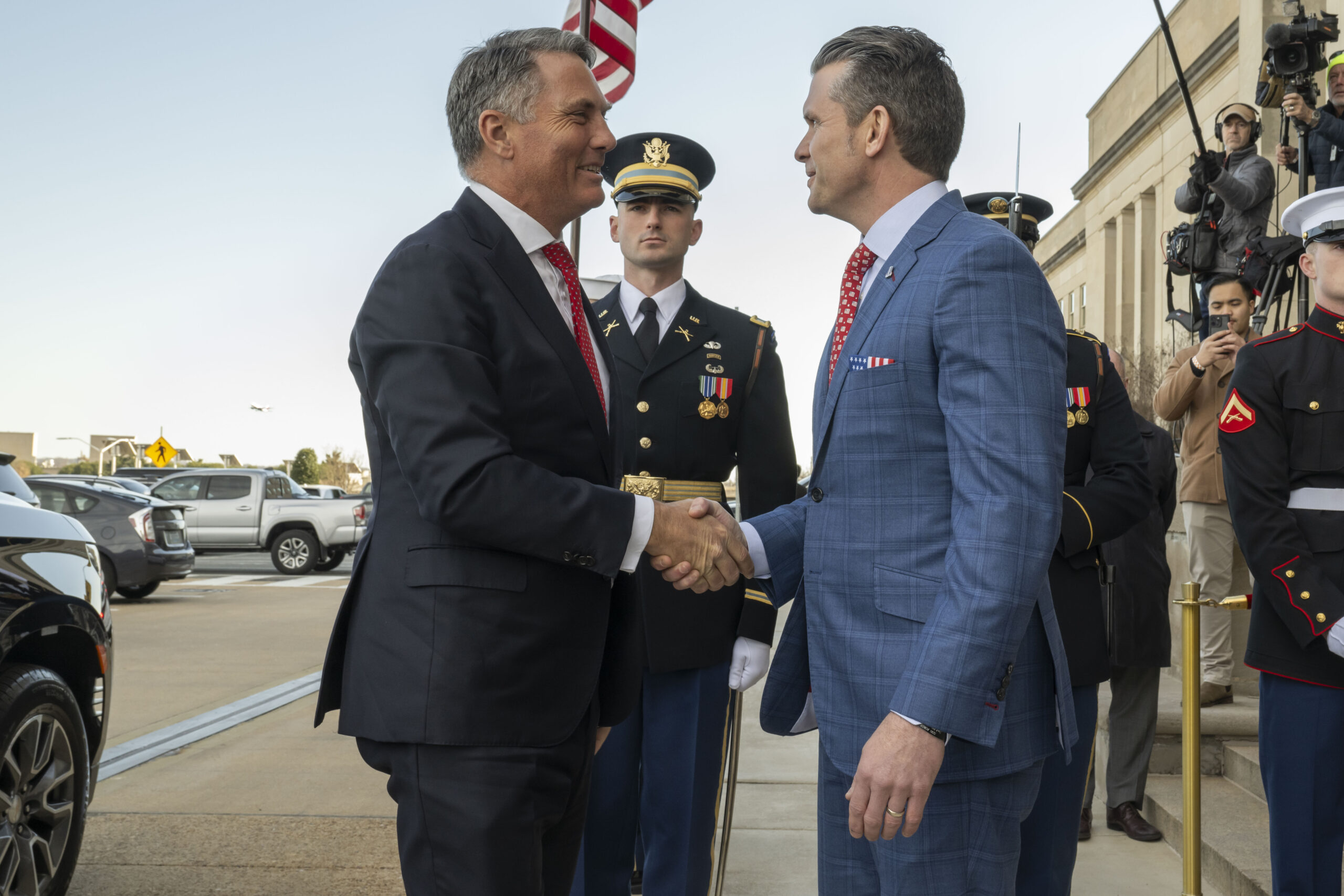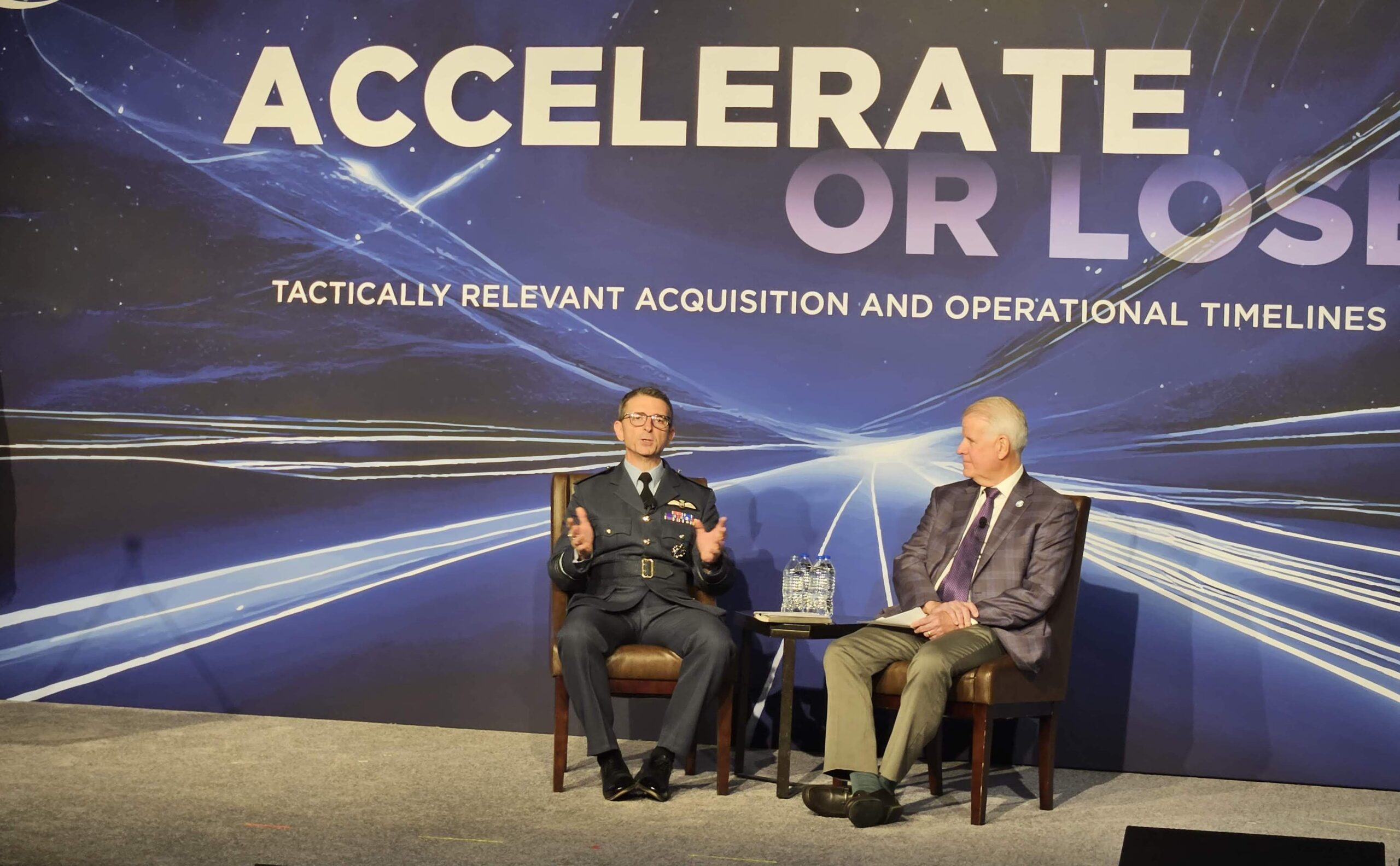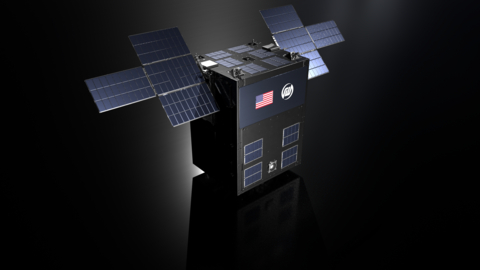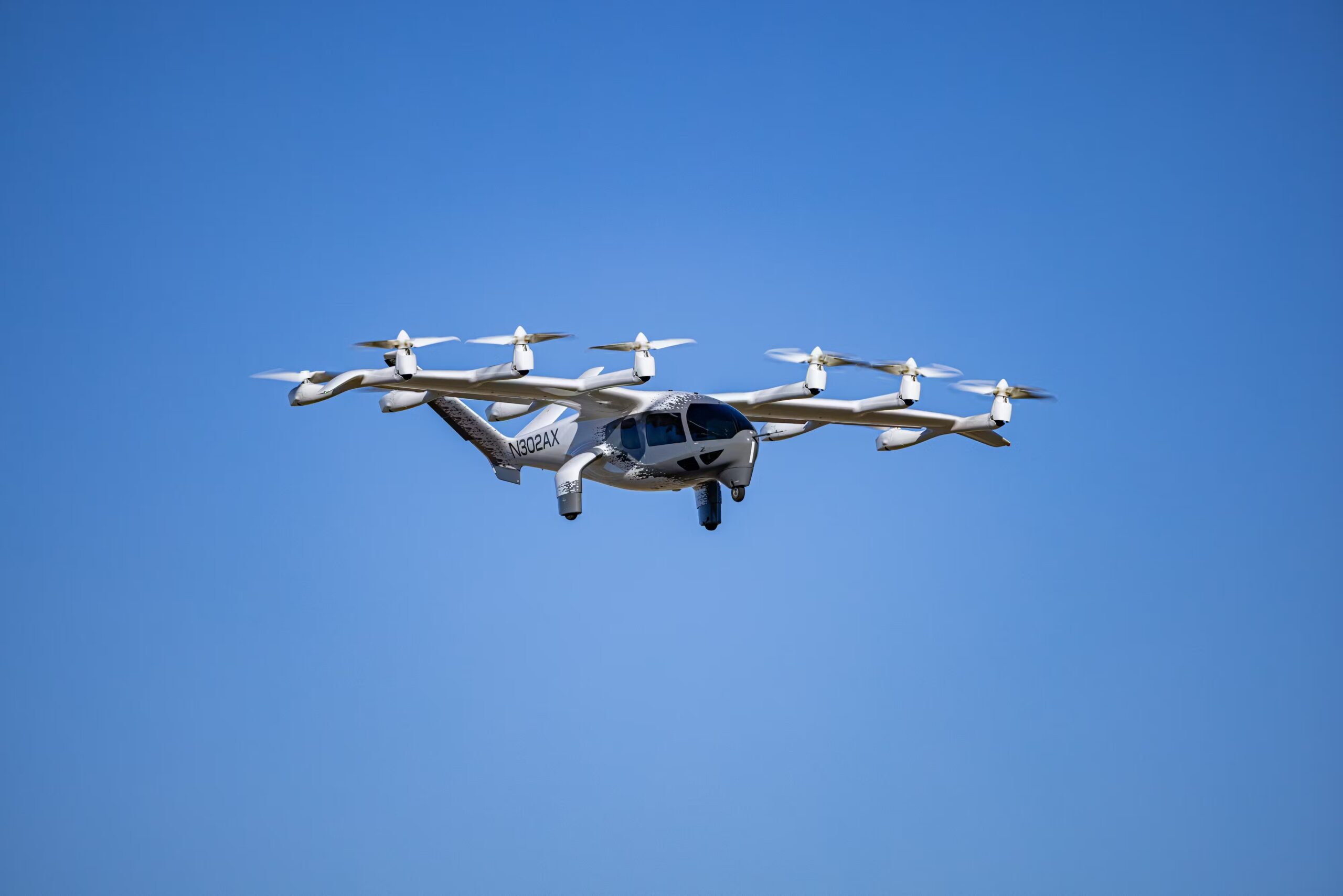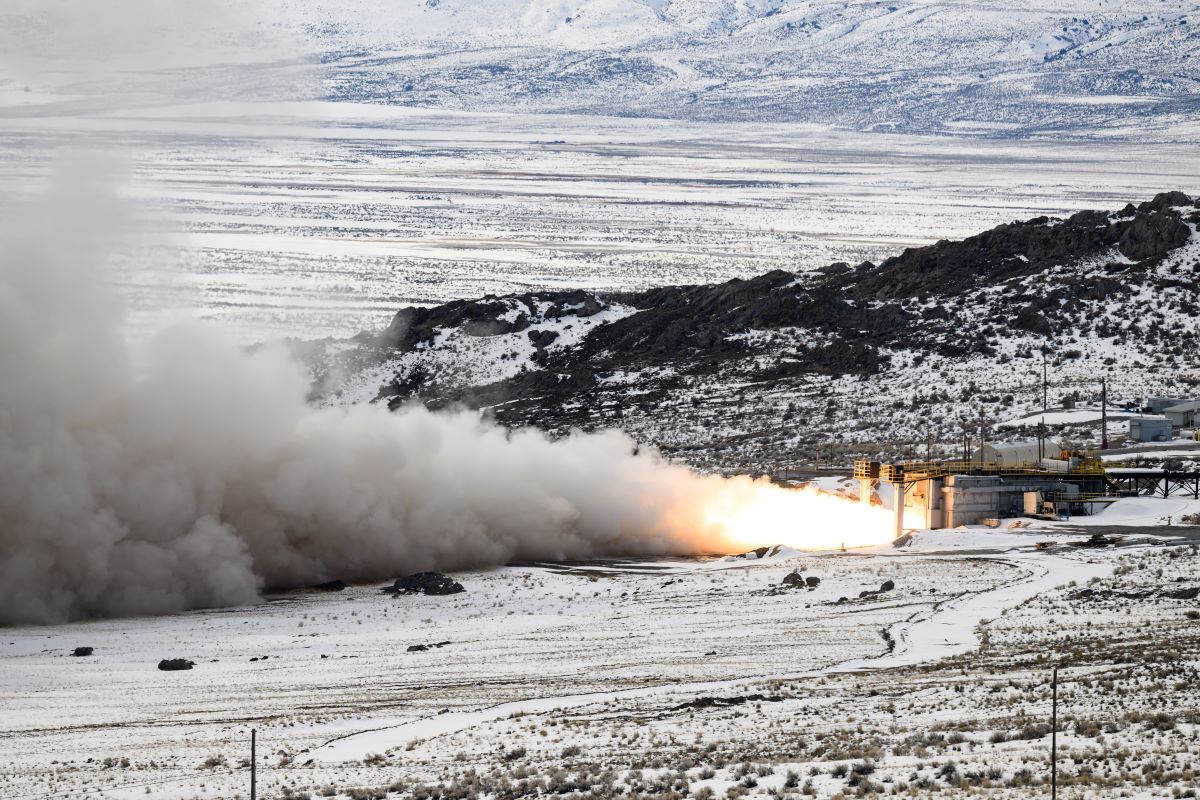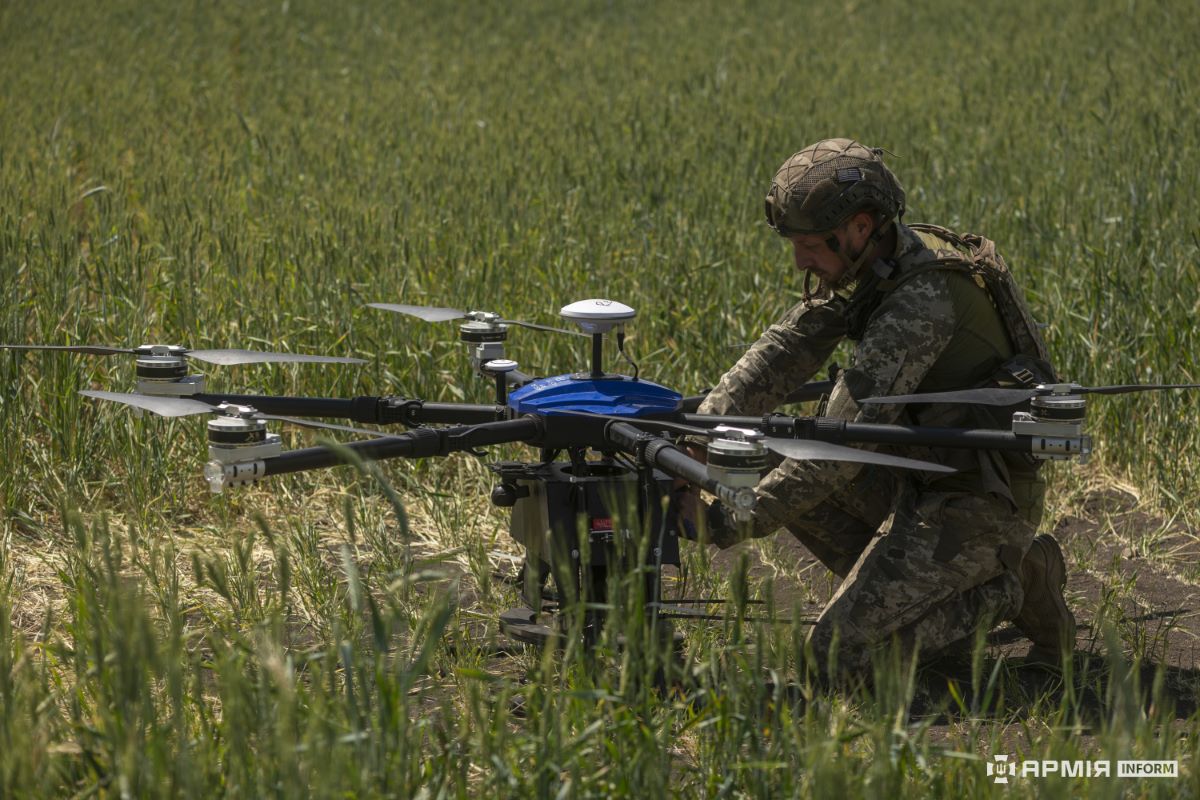Defense Secretary Pete Hegseth said Wednesday that European partners must provide “the overwhelming share” of future weapons aid to Ukraine, signaling a new direction for the Pentagon’s approach to the ongoing conflict under the new Trump administration.
Attending his first meeting of the international coalition coordinating security assistance efforts for Ukraine, Hegseth said Kyiv’s goals to join NATO and regain all territory seized by Russia since 2014 were unrealistic and reiterated a call for European nations to increase their defense spending obligations.

“Members of this Contact Group must meet the moment. This means donating more ammunition and equipment, leveraging comparative advantages, expanding your defense industrial base and, importantly, leveling with your citizens about the threat facing Europe. Part of this is speaking frankly with your people about how this threat can only be met by spending more on defense,” Hegseth said.
The 26th meeting of the Ukraine Defense Contact Group in Brussels, which once again brought senior defense officials from around 50 countries to discuss Kyiv’s battlefield needs, was the first not to be led by the U.S., with U.K. Defence Secretary John Healey overseeing the gathering (Defense Daily, Feb. 7).
“Secretary Hegseth, we hear you. We hear your commitment to NATO, to Article 5, to a sovereign Ukraine and to your defense partnership with Europe. We also hear your concerns. On stepping up for Ukraine, we are and we will. On stepping up for European security, we are and we will,” Healey said.
Trump said last month he plans to ask NATO nations to increase their defense spending to five percent of gross domestic product, an increase from the current two percent burden sharing requirement that 23 of the 32 member nations currently meet (Defense Daily, Jan. 23).
Hegseth echoed Trump on Wednesday and said the two percent target is “not enough,” and added the new administration is seeing “promising signs that Europe sees this threat, understands what needs to be done and is stepping up to the task.”
“Increasing your commitment to your own security is a down payment for the future, a down payment…of peace through strength,” Hegseth said. “We ask each of your countries to step up on fulfilling the commitments that you have made and we challenge your countries and your citizens to double down and recommit yourselves not only to Ukraine’s immediate security needs but to Europe’s long-term defense and deterrence goals.”
“The United States remains committed to the NATO alliance and to the defense partnership with Europe. Full stop. But, the United States will no longer tolerate an imbalanced relationship which encourages dependency. Rather, our relationship will prioritize empowering Europe to own responsibility for its own security,” Hegseth added.
Hegseth’s remarks at the UDCG meeting signals a sharp turn from the Biden administration’s approach to Ukraine, which had typically announced new weapons packages to coincide with each gathering and was supportive of a “pathway” to potential NATO membership for Kyiv.
In the last weeks of the Biden administration, the Pentagon confirmed that the incoming Trump White House would have “a few billion dollars” remaining in Presidential Drawdown Authority to use for Ukraine security assistance packages (Defense Daily, Jan. 8).
The Trump administration “does not believe” NATO membership for Ukraine “is a realistic outcome of a negotiated settlement,” Hegseth said, and added that U.S. troops will not be deployed to Ukraine as part of any future security guarantee.
“Instead, any security guarantee must be backed by capable European and non-European troops. If these troops are deployed as peacekeepers to Ukraine at any point, they should be deployed as part of a non-NATO mission and they should not be covered under Article 5,” Hegseth said.
Jens Stoltenberg, the prior NATO secretary general, and former Defense Secretary Lloyd Austin previously cited substantial Ukraine package and commitments announced at last July’s NATO summit in Washington, D.C., as a key marker for continuing to build on Ukraine’s “bridge” to NATO membership at some point in the future (Defense Daily, July 11 2024).
“Ukraine’s future is in NATO. I welcome [Ukraine’s] progress on reforms. And as [Ukraine] continues this important work, we will support you on your irreversible path to NATO membership,” Stoltenberg said during a press conference alongside Ukrainian President Volodymyr Zelenskyy at the summit.


